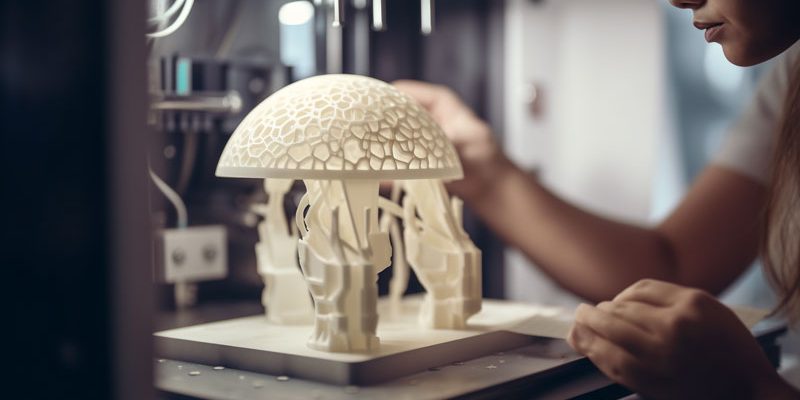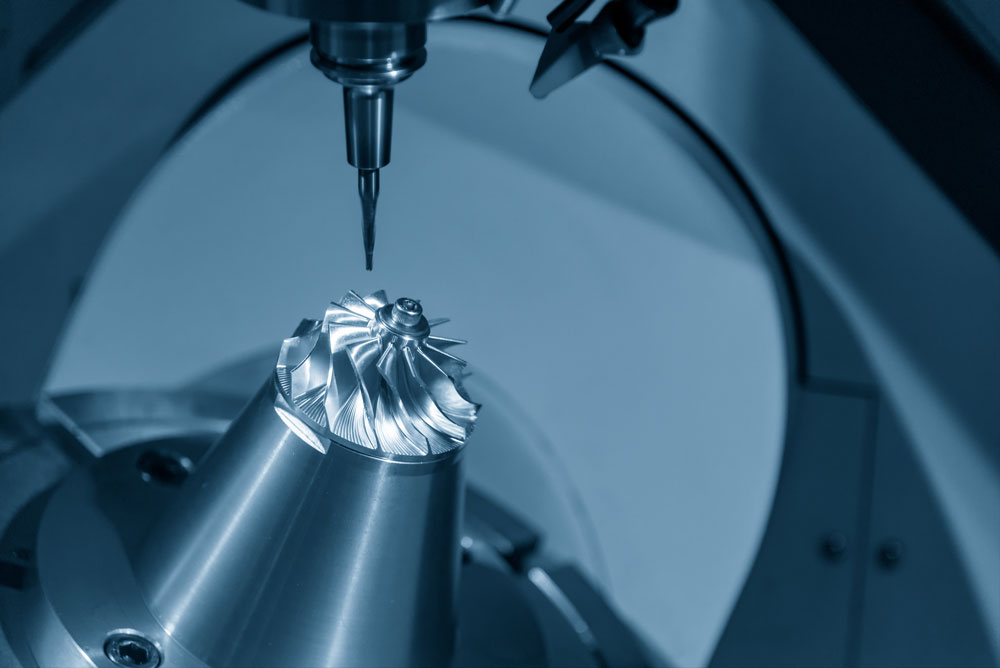The Similarities and Differences between CNC Machining and 3D Printing
3D printing and CNC machining are very common processing methods in the prototyping and parts manufacturing industry. Today we will discuss some commonalities and differences between them.
CNC machining and 3D printing are two commonly used techniques in modern manufacturing. They have distinct characteristics and applications. Here are the similarities and differences, as well as their respective application areas, materials used, achievable precision, and processing costs.
Similarities:
Digital Manufacturing: Both CNC machining and 3D printing are digital manufacturing technologies controlled by computers.
Rapid Manufacturing: Both techniques offer fast production capabilities, allowing for quick turnaround times.
Customization: CNC machining and 3D printing enable high levels of customization, allowing for the production of complex shapes and parts according to specific requirements.
Differences:
1.Principles and Processes: CNC machining involves material removal to shape solid materials, while 3D printing builds up objects layer by layer using various additive processes.
2.Material Selection: CNC machining can handle a wide range of materials, including metals, plastics, and wood, whereas 3D printing has a narrower material selection, primarily focusing on plastics, resins, and metal powders.
3.Precision and Surface Quality: CNC machining typically achieves higher precision and better surface quality, meeting fine machining requirements. In contrast, 3D printing has lower precision and surface quality, often requiring additional post-processing.
4.Manufacturing Costs: In some cases, CNC machining may have higher costs, especially for complex parts, while 3D printing generally has lower costs, particularly for small-batch or custom production.
5.Application Areas:
CNC machining is commonly used in the manufacturing of aerospace components, automotive parts, and medical devices. It offers high precision and quality, suitable for high-quality and large-scale production.
3D printing finds applications in rapid prototyping, rapid customization, and artistic design. It provides fast response and high flexibility, catering to small-batch production and personalized customization.
In summary, CNC machining and 3D printing are two prevalent manufacturing technologies, differing in process principles, material selection, precision, and costs. Choosing the appropriate technique depends on specific production requirements and product characteristics, enabling efficient manufacturing and meeting diverse market demands.
__________
2F Prototypes has been focusing on CNC precision machining and 3D printing for thirteen years. Our parts are exported all over the world and are deeply loved and trusted by customers. If you are also looking for a reliable and reliable supplier of custom parts and prototypes, please contact us info@2prototypes.com


